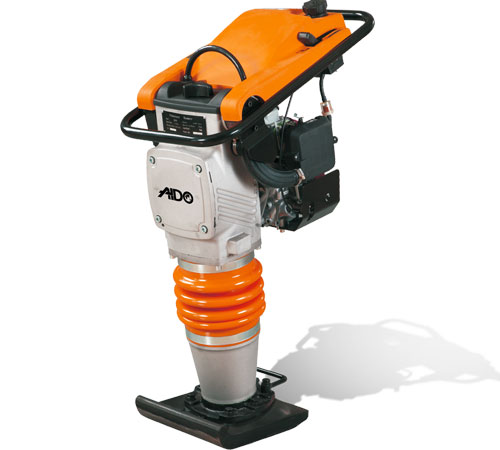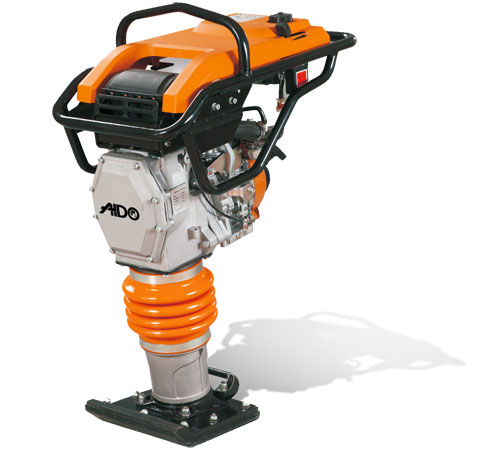Soil compaction is used to increase the shear strength of soil and is particularly important if the compacted soil will be used to retain water such as an earth dam. Compaction can also help prevent the build-up of large water pressure during earthquakes that causes the soil to liquefy. When soil is compacted it increases its density, making it less prone to moisture and settling. You can find various compaction equipment in Henan Aido Company.

Soil compaction for a concrete slab involves the use of a tamping machine and soil density testing before concrete is poured. This provides the necessary flat base required to provide crucial support for construction foundations, roads surfaces, pavements, and various other building structures. The soil compaction process gives the soil underneath these supports greater stability and higher resistance. During the process the stress applied to the soil displaces air from the pores between the grains causing densification. Compacted soil becomes less able to absorb moisture from rainfall thereby reducing runoff and erosion.
What Are Plate Compactors Used For?
One of the key pieces of equipment used for almost all compacting jobs is a plate compactor. Click this website to know more about plate compactors. It is most commonly used to compact asphalt and sub-base on driveways, pavements, parking jobs, and for repair and maintenance jobs.
Plate compactors use vibrations to settle the soil and are ideal for granular soils. These plates are wider than jackhammer or rammer plates which spreads the weight and compaction force over a greater area. Special trench compactors are used to compact back-fill for trenches.
What is a Jumping Jack Compactor?
While a plate compactor has a large vibratory base-plate suitable for creating a level grade, a jumping jack compactor has a smaller foot and is mainly used for compacting back-fill in narrow trenches for example to lay gas or water supply pipes. They are ideal for use in confined spaces where large roller equipment cannot be used.

Types of Soil
When choosing the right tool for the job it is important to consider what type of soil needs to compacted and what area you will be operating in. Usually there are two basic types of soil on job sites: granular or cohesive.
Granular soils are loose types of soil like sand and gravel that can be compacted whether dry or wet. They don’t have much cohesive strength and tend to crumble when picked up. Cohesive soils are tightly packed, dirt types of soil that need a certain amount of moisture for proper compaction.
Generally speaking, rammers are ideal for use with cohesive soil as they use impact to compact the soil in much thicker layers than a vibratory compactor can. Because a rammer’s plate is more focused it is ideal for use in tight spots and in trenches. The narrow, upright design of a jackhammer makes them easier to manoeuvre than a plate compactor and can compact soil in deeper layers. This makes the process of filling a smaller area and compacting it much faster.
In conclusion, while both plate compactors and rammers have the same objective of compacting base material, they do it in different ways. What matters is the type of soil and the depth and size of the project. If you are working on a trench with cohesive soil, a jumping jack compactor with its small, focused plates, maneuverability, and deep compaction abilities will be enough. For large, flat areas with granular soils, a plate compactor with its vibration and wider plate will produce more uniform layers. Most contractors encounter circumstances where both are needed and therefore make use of both these pieces of equipment when working on a site.
